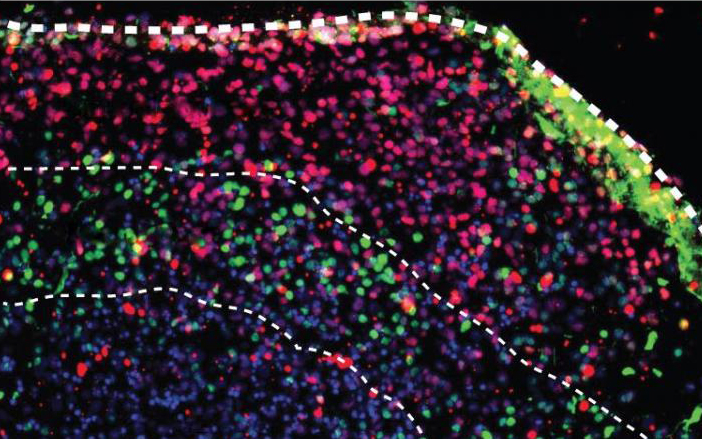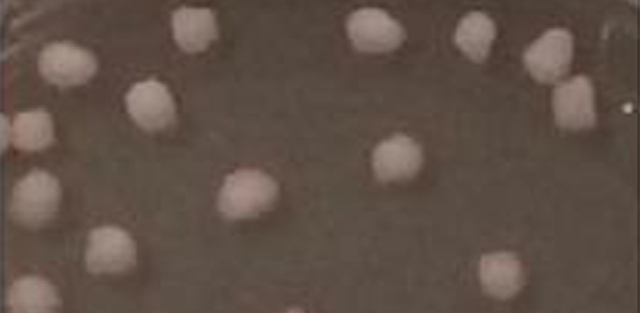Yep, you heard that one correctly. In what could be a major step forward for personalised medicine, researchers have perfected a technique for growing miniature balls of cortical tissue — the key working tissue in the human brain — in a dish.
Top Image: Human cortical spheroids, growing in a dish via Sergiu Pasca / Stanford University
And much, like our brains, these simplified, petri dish brains are abuzz with neuronal activity.
As off-the-wall insane as this sounds, it isn’t just some mad science experiment. These tiny, 3D structures function much like the outer mantle, or cortex, of the brain of the person from which they were derived. In the future, similar models could be used to study the brain circuitry of people suffering from neurological disorders, and perhaps, to genetically engineer personalised treatments.
“There’s been amazing progress in this field over the past few years,” said National Institute of Mental Health director Thomas Insel in a statement about the brains-in-a-dish breakthrough, which was published last week in Nature Methods. “The cortex spheroids grow to a state in which they express functional connectivity, allowing for modelling and understanding of mental illnesses. They do not even begin to approach the complexity of a whole human brain. But that is not exactly what we need to study disorders of brain circuitry.”
“While the technology is still maturing, there is great potential for using these assays to more accurately develop, test safety and effectiveness of new treatments before they are used in individuals with a mental illness,” David Panchision, the NIMH program director for stem cell research, added.
The budding cortexes pictured above are the culmination of years of stem cell R&D. Prior to this work, scientists had devised methods of growing neurons in culture, by inducing a patients’ skin cells to revert to pluripotent stem cells, and then placing the stem cells in a chemical environment that would push them down a new developmental path. Growing neurons from skin cells at all is pretty amazing, but until now, we hadn’t been able to organise those neurons into anything resembling the complex circuity of the human brain.

Image: Neurons and supporting cells in the spheroids form layers and organise themselves according to the architecture of the developing human brain. Via Sergiu Pasca / Stanford University
As described in their paper, Sergiu Pasca of Stanford University and his colleagues have developed a new, streamlined method for inducing pluripotent stem cells to form cortex-like “organoids.” These tiny balls of brain tissue include neurons supported by a cortex-like network of glial cells. This results in much more functional and realistic layers of neurons that talk to each other in complex networks.
In a not-too-distant future, a patient suffering from mental illness might be able to have his or her cortex grown in a lab, thin sectioned, and analysed in order to determine where the neural circuity has gone awry. Now, if that doesn’t fill you with optimism about the future of humanity, I don’t know what will.
